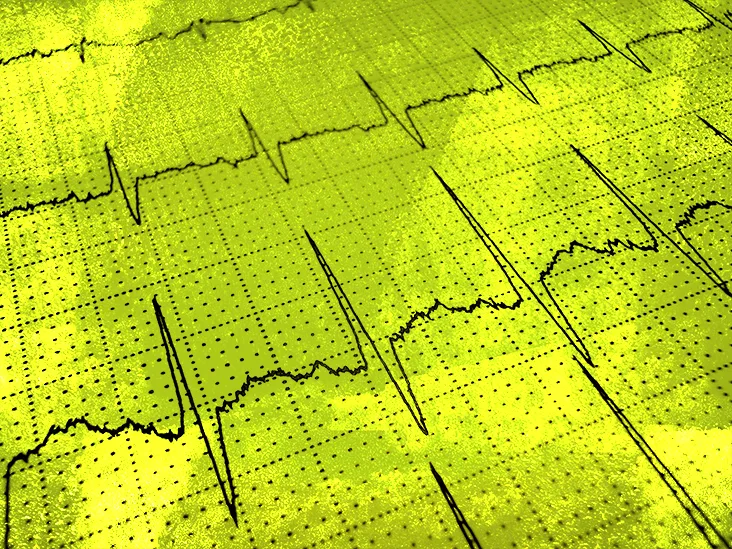ISLAMABAD, Nov 16(ABC): The human heart beats 100,000 times a day pumping blood around the body. It beats a regular rhythm that changes in response to the body’s activity.
Each heartbeat starts with an electrical impulse — abnormal electrical signals result in an abnormal heartbeat, called arrhythmia. Up to an estimated 5%Trusted Source of the population of the world has arrhythmia.
Atrial fibrillation (AFib) — where the heart beats quickly and irregularly — is the most common type of arrhythmia, affecting over 33.5 millionTrusted Source people worldwide and with an estimated 5 million new cases annually.
Other types include supraventricular tachycardia (SVT), bradycardiaTrusted Source, and ventricular fibrillation.
How do you fix arrhythmia?
Arrhythmia can be treated by medication, but in more serious cases devices such as pacemakers are used to control the heart rate.
Pacemakers are small devices implanted under the collarbone with wires connecting to the heart, the device recognizes when a heartbeat is missed or irregular and it sends an on-demand impulse to the heart to regulate it.
According to a National Health Interview SurveyTrusted Source in the United States, almost three in every 1,000 people have a pacemaker fitted.
New research from a collaboration between the University of Arizona and Northwestern University has led to the development of a wireless, battery-free pacemaker, able to predict cardiac events and provide more subtle stimuli to specific cells.
The study appears in Science Advances.
Personalized pacemakers
The new mesh device is digitally manufactured, with four thin-film leaves that wrap around the heart. They “are ultra-thin and geometries are engineered to enable soft mechanics to reduce impact on the organ,” study co-author Dr. Philip Gutruf assistant professor and Craig M. Berge faculty fellow at the University of Arizona told Medical News Today.
The unique design of the device provides multisite stimulation of the heart muscle cells, and its use of optogenetics provides targeted electrical stimulation to the heart muscle cells.
Lighting the way to new treatment
Optogenetics is a technique based on the introduction of genes for light-sensitive proteins to specific cells, the modified cells express light-sensitive ion channels which allow them to be controlled by light.
Study co-author Dr. Igor Efimov, chairman of George Washington’s Department of Biomedical Engineering and director of the National Institutes of Health (NIH)-funded Cardiovascular Engineering Laboratory explained:
“Optogenetics is a technique which is based on the interaction of light with a light-sensitive channel called opsin. By design, opsins are expressed using transgenic technology in specific cells, in myocytes — cardiac muscle cells.”
Targetting specific cells according to the scientists can be a more efficient offering a pain-free alternative to current electrical treatments.
“It is important to note however that pacing does not activate pain receptors in the heart and patients with pacemakers typically do not feel any symptoms at all,” explained Dr. Shephal Doshi, cardiac electrophysiologist and director of cardiac electrophysiology and pacing at Providence Saint John’s Health Center in Santa Monica, CA.
Speaking to MNT, Dr. Doshi said that “the biggest impact the study has is potentially allowing defibrillation or shocking of the heart for those patients who have weak hearts to be done in a less painful manner,” explaining that “when patients have defibrillation of the heart muscle they often do feel discomfort because the electrical current also affects other muscles in the body.”

